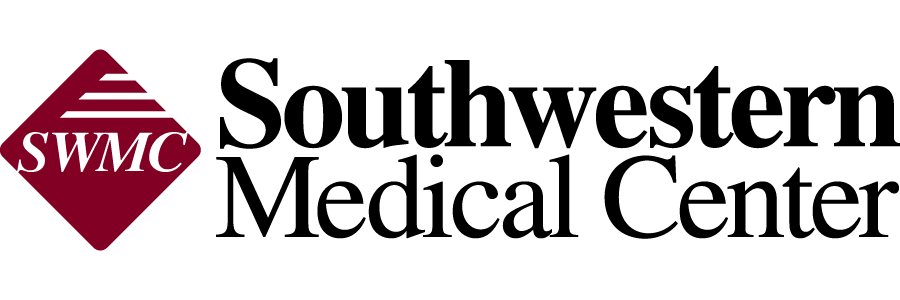Living with Chronic Vein Insufficiency
Chronic Venous Insufficiency (CVI) occurs when the veins in the legs struggle to properly return blood to the heart, often due to malfunctioning valves. This condition affects millions, contributing to complications like varicose veins and venous leg ulcers (VLUs). Varicose veins impact up to 25 million Americans annually, while over 600,000 individuals develop venous leg ulcers each year, making VLUs one of the most common—and challenging—manifestations of CVI.
A hallmark symptom of CVI, and a precursor to venous ulcers, is lower leg edema. The swelling often feels like an inflated balloon, stretching the skin and causing discomfort. As blood pools in the veins, the skin may also darken or harden over time. Common symptoms include:
- Pain
- Itching
- Discolored or thickened skin
- A heavy or aching sensation in the legs
"Accounting for 90% of all lower limb ulcers, venous leg ulcers can persist from weeks to years, often leading to complications such as osteomyelitis, cellulitis, and, in rare cases, malignant changes," explains wound care specialist Catherine Yore, PA. "These ulcers significantly impact a patient’s quality of life and increase the risk of morbidity and mortality. That’s why preventive measures and treatments, like compression therapy, are essential for managing CVI and venous ulcers."
Compression therapy is widely regarded as the gold standard in managing VLUs, promoting better blood flow and reducing swelling.
Given their high recurrence rate, patients with CVI—or those who have already developed a venous ulcer—are encouraged to adopt lifestyle changes to support healing and reduce the risk of further ulceration. Key recommendations include:
- Maintaining a healthy weight or working with a doctor on a weight-loss plan
- Exercising 3–5 times a week
- Incorporating daily walking and calf raises
- Eating a balanced diet rich in nutrients
- Quitting smoking
- Limiting alcohol consumption
- Avoiding prolonged standing or sitting
- Wearing compression wraps or stockings regularly
By committing to these practices, patients can take proactive steps toward improving their overall vascular health and preventing complications.
CVI is a manageable condition when addressed early, but ongoing care and lifestyle adjustments are critical for long-term success. If you or someone you know is experiencing symptoms of CVI, consult with a healthcare provider for tailored guidance and support.
At the Center for Wound Healing and Hyperbarics at Southwestern, we’re using advanced wound care modalities and hyperbaric oxygen therapy to treat non-healing wounds caused by venous insufficiency. Stalled wounds can be diagnosed, effectively managed and healed, oftentimes within eight weeks. If you or someone you love has a non-healing wound, give us a call at 580.531.6441 for more information.

